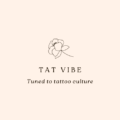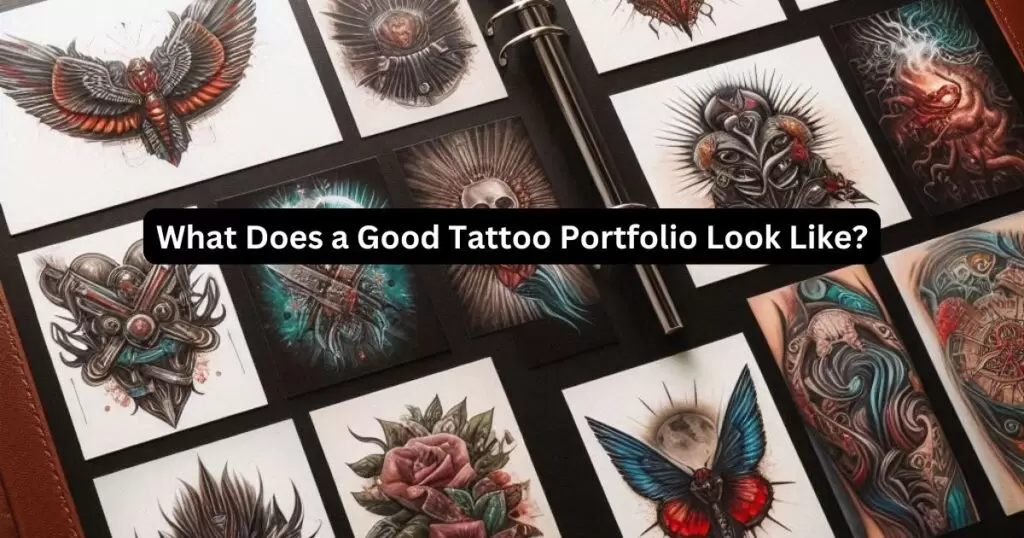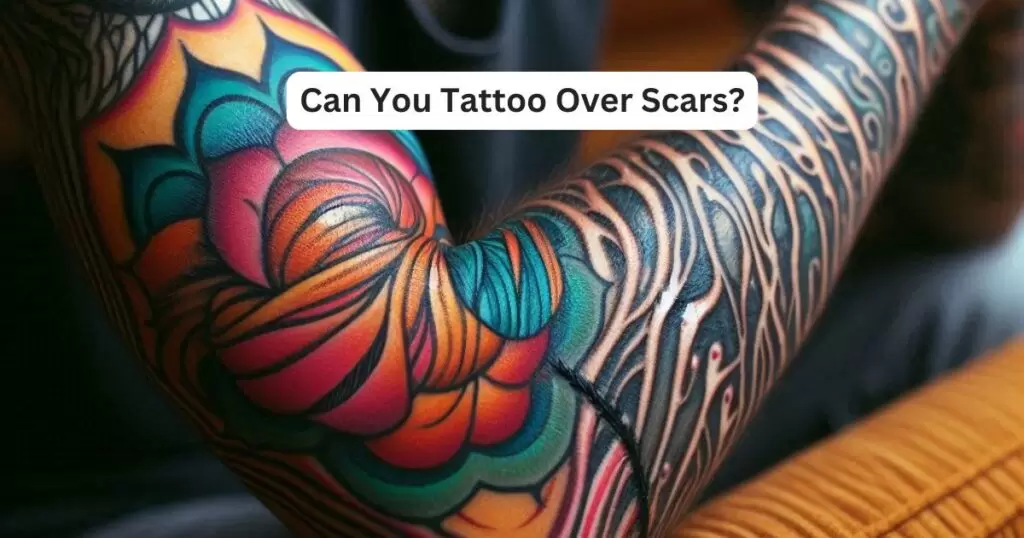A good tattoo portfolio showcases the artist’s skill, style, and versatility in a clear, organized manner. When reviewing a tattoo portfolio, you should be able to assess whether the artist is capable of delivering the work you want.
Below, I’ll break down the elements that make a portfolio strong, from layout to a variety of designs.
What Is a Tattoo Artist Portfolio?
A tattoo artist portfolio is a collection of the artist’s best work, curated to showcase their skills and style. It serves as a visual resume, allowing potential clients to assess whether the artist’s work aligns with what they are looking for in a tattoo.
The portfolio highlights the artist’s ability to execute various designs, demonstrating their strengths in different tattoo styles such as realism, traditional, or illustrative.
What Mediums are Best for Tattoo Portfolio?
The portfolio can come in two main forms: a physical book or an online gallery. Both formats have the same goal—to provide a clear representation of the artist’s expertise.
A well-crafted portfolio not only displays technical skills but also the artist’s creative vision and adaptability. It helps clients see how the artist translates concepts into finished tattoos.
For potential clients, a portfolio is an essential tool. It allows you to judge the quality of the artist’s previous work and determine if they are the right fit for your tattoo idea. Whether you’re after something simple or a more complex custom piece, the portfolio will give you a good sense of what the artist can deliver.
What Does a Good Tattoo Portfolio Look Like?
Clear and Simple Layout
A good tattoo portfolio is easy to navigate. Whether it’s a physical book or an online gallery, the layout should be clean. You should not have to search too hard to find the images you want to see.
The portfolio should be organized, ideally by tattoo style or theme. This makes it easier for you to find designs that are relevant to your interests.
Each image should be high-quality and well-lit. Blurry or poorly photographed tattoos can make it hard to judge the artist’s work. A professional portfolio doesn’t have distracting backgrounds or clutter. The tattoos should stand out, allowing you to focus on the details of the artwork.
Variety of Styles
A good portfolio shows the artist’s ability to work in different tattoo styles. Even if the artist specializes in one style, such as black and gray realism or traditional American, they should still display a variety of designs within that genre. This demonstrates their range and ability to adapt designs to meet the client’s needs.

For instance, if the artist specializes in realism, their portfolio should include examples of both portraits and nature-inspired designs. If their focus is on traditional work, you’ll want to see examples that include bold lines and vibrant colors. The variety should reflect the artist’s strengths while also giving you a sense of how adaptable they are to different tattoo requests.
Consistency in Quality
Quality should be consistent across all the images in the portfolio. A good tattoo portfolio shows the same high level of skill from start to finish. You don’t want to see any noticeable drop in quality between designs. This can signal an artist who might not always deliver their best work.
Look closely at the linework and shading in each piece. Clean, crisp lines and smooth shading are signs of an experienced tattoo artist. Any wobbly lines, uneven shading, or faded colors in recent work might be a red flag. Consistency in the artist’s portfolio builds trust that they can deliver a tattoo that will age well.
Healed Tattoos
A strong tattoo portfolio doesn’t just show fresh tattoos. It also includes healed tattoos, which can look different once the skin has fully recovered. Fresh tattoos tend to look more vibrant and sharp, but a healed tattoo shows how the work will look long-term.
When reviewing a portfolio, look for examples of healed work to see how well the tattoos age. Healed tattoos with clear lines and minimal fading are a good sign of the artist’s skill. This will help you know if the artist can create a tattoo that stands the test of time.
Custom Designs
A good portfolio should showcase custom tattoo designs, not just flash art. Custom designs show that the artist is capable of turning your ideas into a unique piece of art. This is especially important if you’re looking for a personalized tattoo that reflects your personality or story.
When reviewing a portfolio, take note of how the artist adapts their style to fit the client’s vision. Do the custom tattoos feel personal? Do they stand out as unique creations? The ability to create custom designs is key if you want a one-of-a-kind tattoo.
Attention to Detail
A good tattoo portfolio reveals the artist’s attention to detail. Whether the design is small and simple or large and complex, every tattoo should show precision and care. Small details, like the clarity of fine lines or the smoothness of color transitions, can make or break a tattoo.
Pay attention to how well the artist executes intricate designs. For example, in a tattoo with tiny lettering, the lines should be clean and easy to read. In a detailed piece, such as a sleeve, the different elements should flow together seamlessly. If the portfolio is full of tattoos with strong detail work, that’s a good sign the artist has the skill to handle complex requests.
Client Feedback and Reviews
In addition to looking at the tattoos themselves, it’s helpful to read client reviews or see testimonials. A good portfolio may include feedback from previous clients. While not all portfolios will have this, it can offer insight into the artist’s professionalism, communication skills, and overall client experience.
Positive reviews from clients can indicate the artist is not only talented but also easy to work with. If clients mention things like the artist’s patience, ability to listen, or willingness to offer suggestions, this is a good sign. It shows that the artist values the client’s input and ensures a collaborative process.
Check Your Tattoo Artist’sportfolio Next Time You Go For a Tattoo
A good tattoo portfolio is organized, diverse, and consistent in quality. It shows off the artist’s ability to create both fresh and healed tattoos that hold up over time. You should see a mix of styles and custom designs that highlight the artist’s creativity and attention to detail.
When evaluating a portfolio, look for high-quality images, strong client reviews, and healed examples to ensure you’re choosing a tattoo artist who will meet your expectations.



